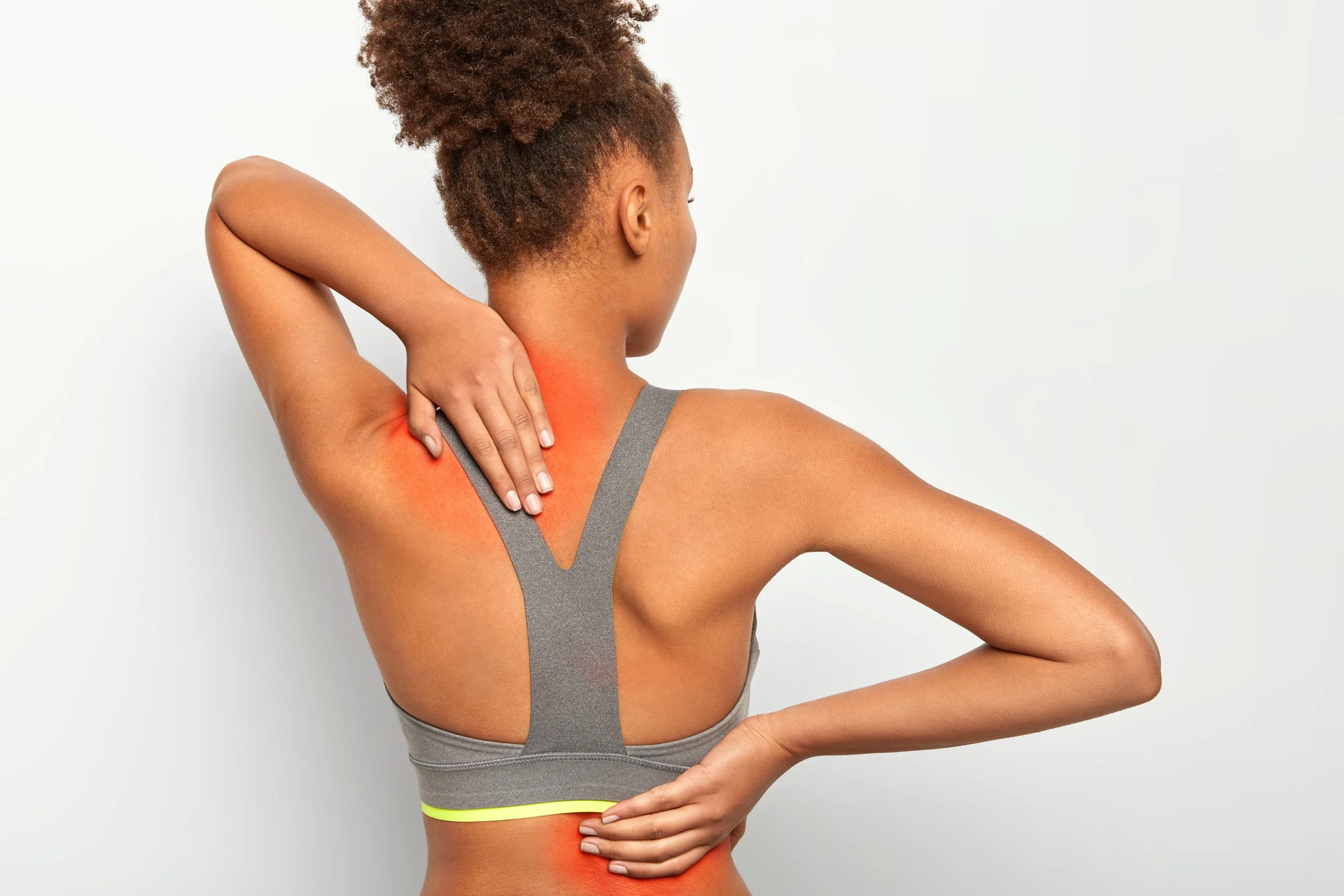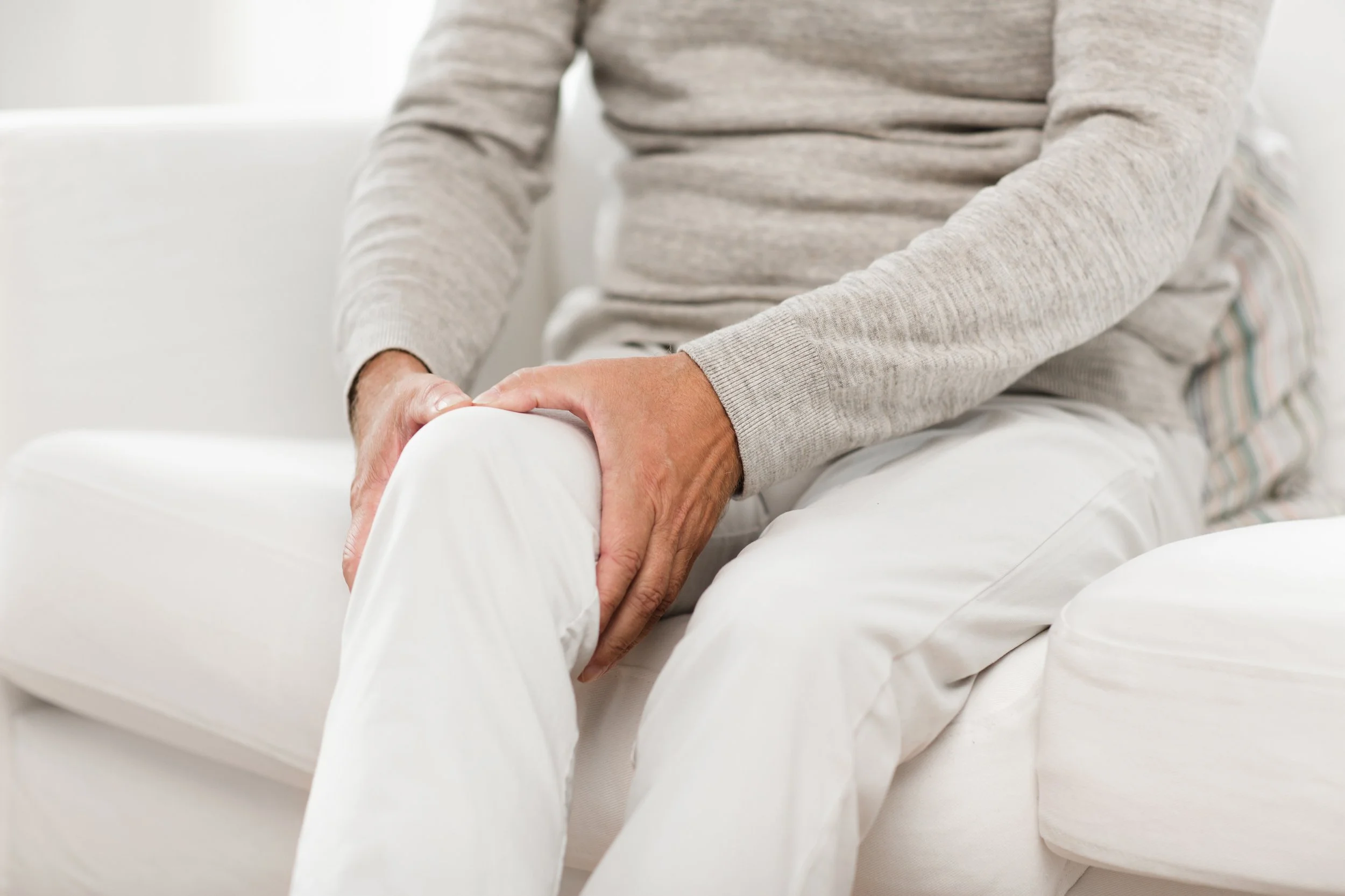Why Is Scoliosis Painful?
Scoliosis is often described as a “spinal curve”—something visible on an X-ray or noticed in a mirror. But what’s harder to see (and often harder to explain) is the pain that can come with it.
If you’ve been told your scoliosis is “mild” or “not bad enough for surgery,” yet you’re still dealing with persistent back pain, tightness, or fatigue, you’re not imagining things. Scoliosis can be painful—even when it doesn’t look dramatic on imaging.
At MyBackHub, we specialize in nonoperative scoliosis care and help people understand not just what their pain is, but why it’s happening—and what they can do about it.
The Mechanics Behind Scoliosis-Related Pain
Scoliosis is more than a sideways curve. It involves rotation, muscular imbalance, and uneven loading across the spine. That asymmetry creates a ripple effect across your entire body.
Here’s how that translates into pain:
1. Muscle Imbalance and Fatigue
One side of the body often works harder to support the curved spine. Over time, this leads to overworked muscles, particularly in the back, hips, and shoulders. These muscles tighten, fatigue, and eventually ache—especially after long periods of standing or sitting.
2. Joint and Disc Strain
When the spine curves, it changes how forces are distributed across vertebrae and discs. In some cases, this can lead to:
Facet joint inflammation
Disc degeneration
Spinal stiffness
These changes can result in local back or neck pain, and in some cases, nerve irritation.
3. Poor Postural Alignment
Scoliosis often causes a shift in how we hold ourselves—forward head posture, tilted pelvis, uneven shoulders. This misalignment can contribute to neck strain, upper back discomfort, and even tension headaches.
4. Compensatory Patterns
Because the spine is out of balance, other parts of the body—like your hips, knees, or even feet—may change how they move to compensate. This can create a chain reaction of tension and discomfort beyond the spine itself.
5. Pain Amplified by the Nervous System
When pain persists over time, the nervous system can become more sensitive. This is called central sensitization, and it’s why some people with scoliosis feel more pain than others with similar curves. Emotional stress, anxiety, and poor sleep can also amplify this response.
Why Some People with Scoliosis Don’t Have Pain
Not everyone with scoliosis experiences pain. In fact, many people with moderate or even severe curves have no symptoms. Why?
Pain is influenced by more than just the shape of your spine—it’s a combination of biomechanics, stress levels, physical activity, and individual sensitivity. That’s why two people with the same curve on paper can feel very differently in real life.
What You Can Do About It
The good news: scoliosis-related pain is manageable, and often without surgery.
Effective strategies include:
Targeted exercise to strengthen weak areas and lengthen tight ones
Posture training to reduce strain during everyday tasks
Breathing techniques to improve thoracic mobility and reduce muscle tension
Pain education to understand how to calm your nervous system and regain confidence in movement
Manual therapy or myofascial release to reduce soft tissue tension (when appropriate)
Final Thoughts
Scoliosis can absolutely cause pain—even when it’s called “mild.” But pain doesn’t mean you’re broken. With the right approach, it’s possible to reduce discomfort, improve function, and feel more in control of your body.
At MyBackHub, we help people manage scoliosis without surgery—through virtual, expert-led care that’s personalized to your body and your goals.
If your back is trying to tell you something, we’re here to help you listen—and respond—with clarity, confidence, and care.
What are your thoughts about this article? Share them with the MyBackHub community on our community page here.
About the Author:
Rob Turk, MD, MBA
Chief Medical Advisor, MyBackHub
Rob Turk is the Chief Medical Advisor for MyBackHub, Inc. Dr. Turk has a broad foundation of talent in both medicine and business, previously obtaining his MD at the University of California, San Diego School of Medicine and his MBA at the University of Virginia Darden School of Business. As an entrepreneur and orthopaedic spine surgeon, he has unique and valuable insight on many topics. He is a published author in leading scientific journals such as JBJS and Arthroscopy, has written multiple book chapters, and has been a reviewer for a number of scientific journals. He is passionate about motion preservation and innovation in spine care, health equity, delicious food, and sports.
Disclaimer:
As a service to our readers, MyBackHub provides access to our library of archived content. Please note the date of last review or update on all articles. No content on this site, regardless of date, should ever be used as a substitute for direct medical advice from your doctor or other qualified clinician.
No content on this site, regardless of date, should ever be used as a substitute for direct medical advice from your doctor or other qualified clinician.







